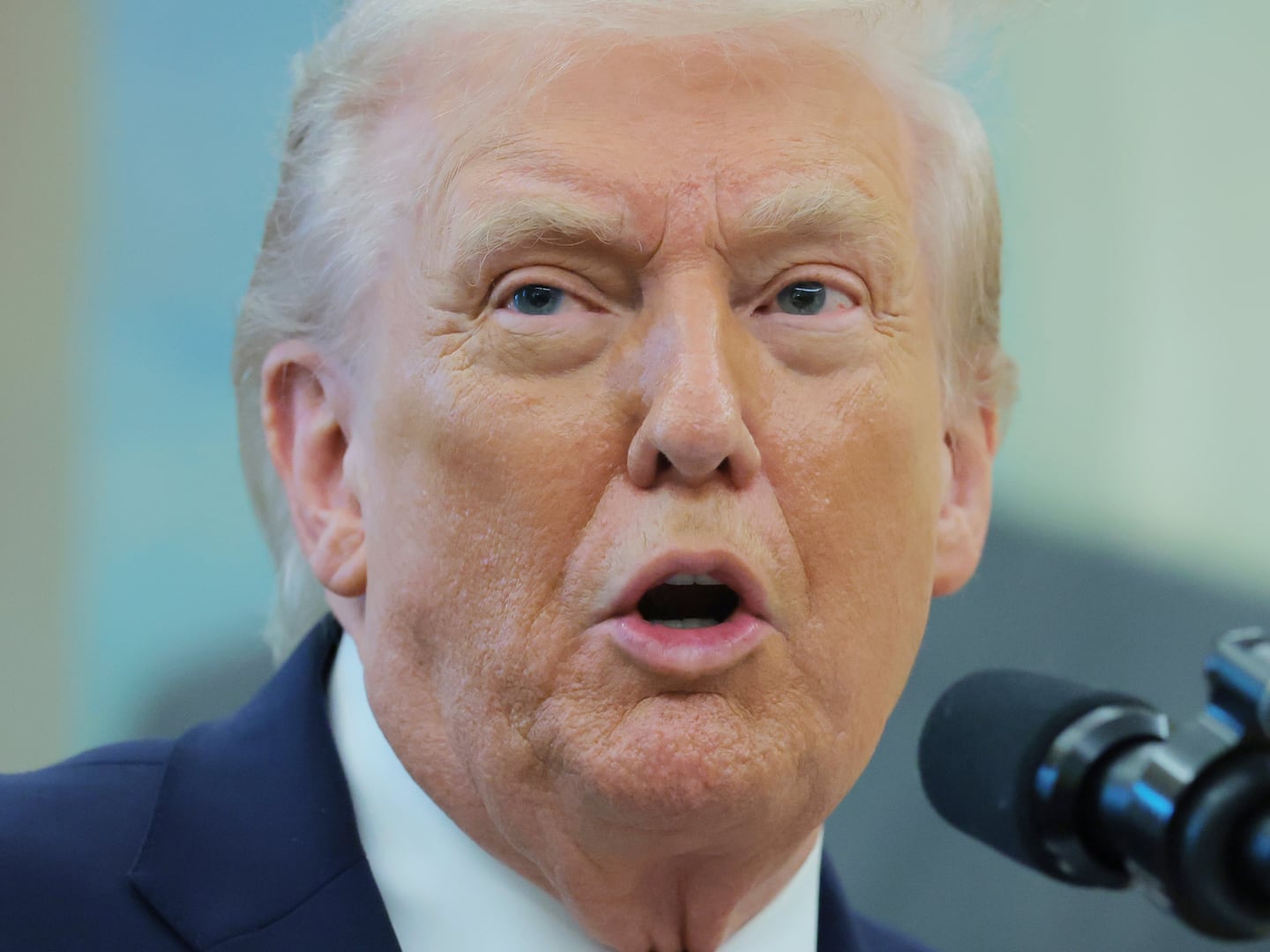
What is the Geithner plan? In briefest summary, it is the TARP—the Troubled Assets Relief Program—Bush Treasury Secretary Henry Paulson’s original plan to repurchase subprime and alt-A mortgage-backed securities from the banking system—dressed up to engage the interest of hedge funds and private-equity investors.
Under the plan, 7.5 percent of the purchase price would come from private sources as equity. The same would come from TARP—that is, from the Treasury—also as equity. Eighty-five percent would come from the FDIC, as a low-interest, non-recourse loan, meaning that if the loans default, the FDIC gets the assets but nothing else.
If the assets prosper, then public-private partners make money and the FDIC gets paid. If the assets default at high rates, then Treasury and the private investors are together wiped out. The FDIC would get the securities and sell them; its losses would depend on the price it can get. In this game, the banks benefit from a high price, the FDIC from a low one, in the initial sale.
The Geithner plan’s real design is thus not to help the market but to steer it. It is not to discover a price but to create a new one, based on rules the Treasury is just now making up.
In principle, an auction will decide what the price will be. But since participation is voluntary, only assets that meet the banks’ selling price will actually sell. We’re told the banks do not wish to sell for less than 60 percent of face value—to take a deeper loss might expose them as insolvent. Private investors will not buy for more than 30 percent, because they think the assets are trash. This disagreement explains why there is no market now.
Secretary of the Treasury Timothy Geithner’s idea is that his plan can help make a price, acceptable to both parties, somewhere between the ask and the bid. Council of Economic Advisers Chairwoman Christina Romer was explicit about this on Sunday: “We are trying to help the taxpayer by using the expertise of the market by trying to set the price for these toxic assets.” National Economic Council Chairman Larry Summers, responding to Paul Krugman, made the same argument: “I don't know of any economist who doesn't believe that better functioning capital markets in which assets can be traded are a good idea.”
But, obviously, the plan gives the banks the whip hand. If the price doesn’t meet their minimum, they don’t sell, or anyway not much, and that’s the end of the story. It won’t take more than an auction or two to find out.
The Geithner plan’s real design is thus not to help the market but to steer it. It is not to discover a price but to create a new one, based on rules the Treasury is just now making up. It is, in effect, to create a new asset, a derivative, that can sell where the existing, underlying security (also a derivative) does not. The new rules—especially the leverage and the non-recourse feature—create in effect a new kind of bond, with a very high expected return, accessible to those who take the toxic assets from the banks.
Thanks to the FDIC’s loan guarantee, there is a big upside if the assets do well. That upside is there to lure the rich guys in. That is why the big funds were happy; that is why the stock market went up. For the high rollers, this casino could be very attractive.
And what happens if the assets really are trash? Well, first of all, you’ve now put the residential-mortgage-backed securities in the hands of some pretty aggressive investors. Are they likely to be forgiving of the poor home buyers in trouble? And cooperative with foreclosure relief? It’s doubtful, I’d say.
Second, when the assets default, the investors are out 7.5 cents on the dollar. Treasury is out the same. And the FDIC is out the difference between 85 cents and the ultimate sale price of the assets. Which could be anything between 85 cents (or percent of the auction price) and zero. The banks, meanwhile, are in the money no matter what. As is helpfully pointed out here, it’s easy to construct mixed examples—with some of the assets going bad and the others staying good, where the investors make money. But the FDIC always loses and the banks always win.
How much will the FDIC lose? From IndyMac’s experience, just announced, it appears that the alt-A residential-mortgage-backed securities are being written down about 80 percent in resolution. We don’t know if other banks were as bad. But when the ratings agency Fitch examined the loan tapes for a small sample of highly rated RMBS (Residential Mortgage-Backed Security) in 2007, they found “misrepresentation or fraud in practically every file.” Geithner’s plan states that the FDIC “will employ contractors to analyze the pools” against which it will issue loan guarantees. One wonders whether this analysis includes a scrupulous examination of the underlying loan tapes, with public disclosure of the extent of missing documentation, misrepresentation, and fraud.
If not, it would seem that these assets could only be sold, at 60 cents, to gamblers—to investors who are willing to guess at what the assets will eventually yield. Possibly there are enough gamblers out there, to pay the prices that the banks require. But it seems hard to believe.
Then again, there’s another possibility. Suppose some “interested” party—say a banker’s brother-in-law—came in on the buyer’s side. Suppose they were to bid up that initial price, meeting or nearly meeting the expectations of the banks? In that case—miracle of miracles!—the assets would sell. The Treasury and FDIC funds would get engaged. And the mortgage-backed assets would fly off the books of the banks.
At first glance, in that case, the plan would look like a big success. Geithner would be a hero. Paul Krugman and I would have to shut up. Until, after a bit, it became clear that the assets were not actually worth 60cents on the dollar, but only 30 cents, or nothing. Then the FDIC would take its losses. But the banks would be home free.
Isn’t there an open invitation here, for the banks to bail themselves out? They have a huge interest. For a small inducement—the exposure of a credit-default swap—they can get a dollar of bad assets off their own books. Ultimately, thanks to leverage and non-recourse, the loss falls on the FDIC, and is recouped (if at all) by higher insurance premiums on all banks—not just the big ones, which have a lot of liabilities that are not insured deposits—but the small ones, too, who mostly avoided the subprime mess, and mostly fund themselves mainly through FDIC-insured accounts.
What’s not to like about that, if you’re a big bank?
The ultimate objective, and in President Obama’s own words, the test of this plan, is whether it will “get credit flowing again.” (I have dealt with that elsewhere.) Short answer: It won’t. Once rescued, banks will sit quietly on the sidelines, biding their time, until borrowers start to reappear. From 1989 to 1994, that took five years. From 1929 to 1935—you get the picture.
So why rescue them? The cost has to fall somewhere: As Milton Friedman, no less, liked to say, there is no free lunch. Let’s not forget: Behind all of this are mortgages and derivatives, which were called “liars’ loans,” “neutron loans,” and “toxic waste” by the people who issued them. There was fraud in the inducement, fraud in the conveyance, and fraud in the ratings process. The incumbent top management of the biggest banks either did this, or is complicit, or is complacent. And they all did very well, while the money was good.
And the reality is, if the subprime securities are truly trash, most of the big banks are troubled and some are insolvent. The FDIC should put them through receivership, get clean audits, install new management, and begin the necessary shrinkage of the banking system with the big guys, not the small ones. It should not encumber the banking system we need with failed institutions. And it should not be giving CPR to a market for toxic mortgages that never should have been issued, and certainly never securitized, in the first place.
James K. Galbraith, author of The Predator State: How Conservatives Abandoned the Free Market and Why Liberals Should Too , teaches at the LBJ School of Public Affairs, The University of Texas at Austin. He is formerly executive director of the Joint Economic Committee of the Congress.






